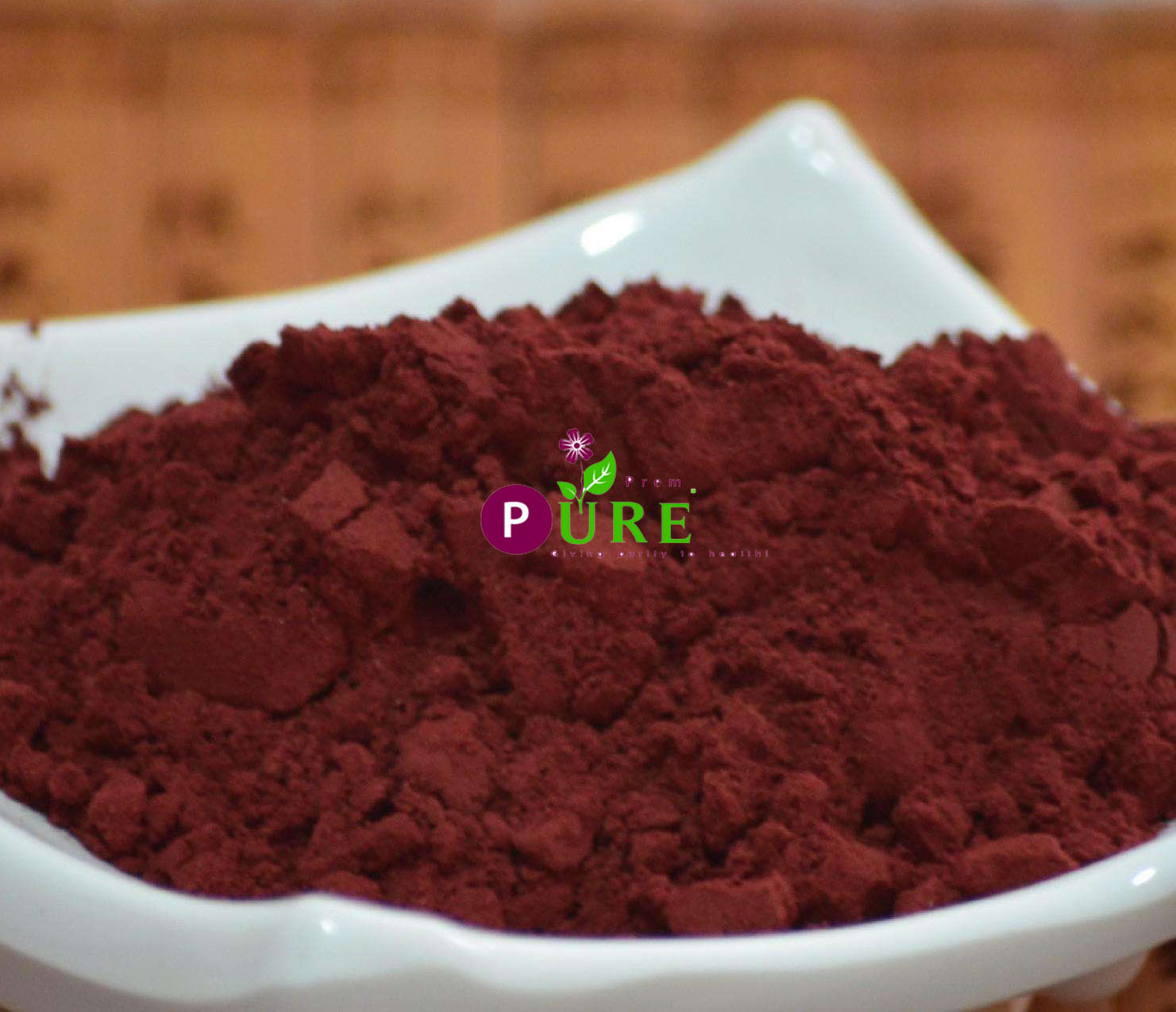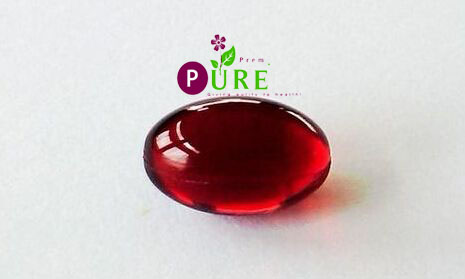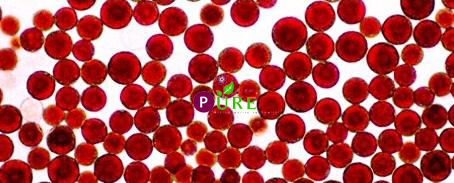
Astaxanthin
Latin Name : Haematococcus pluvialis
CAS No. 472-61-7
Appearance :Dark Red Powder
Test Methold : HPLC
Specification : Astaxanthin 1%-10%, CWS 10%
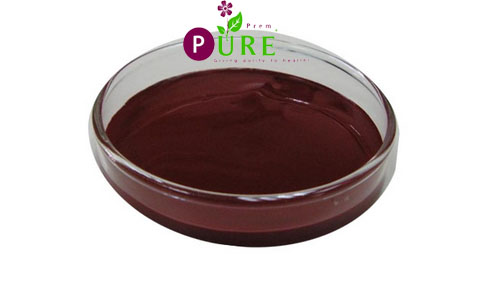
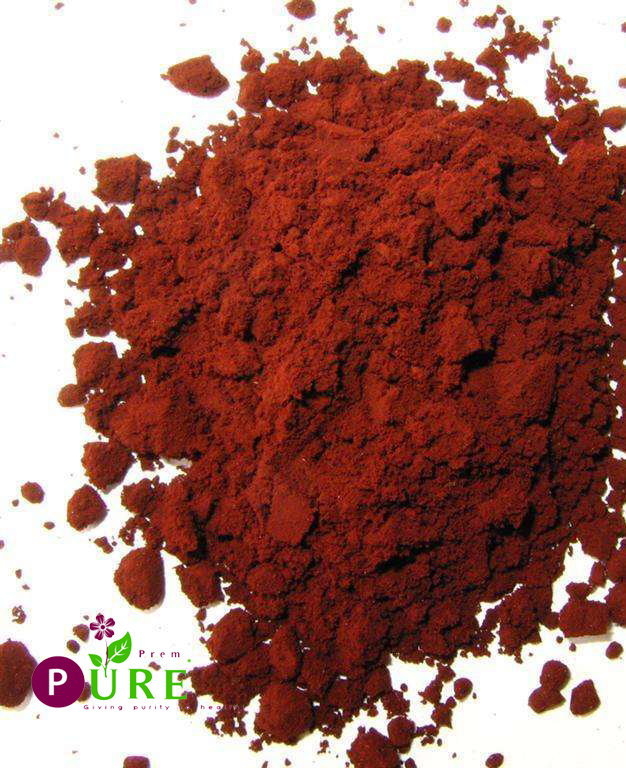 Introduction
Introduction
Astaxanthin /æstəˈzænθᵻn/ is a keto-carotenoid.It belongs to a larger class
of chemical compounds known as terpenes (in Asthaxanthin's case, a tetraterpenoid);
terpenes are built from five carbon precursors; isopentenyl diphosphate (or IPP)
and dimethylallyl diphosphate (or DMAPP). Astaxanthin is classified as a xanthophyll
(originally derived from a word meaning "yellow leaves" since yellow plant leaf pigments
were the first recognized of the xanthophyll family of carotenoids)
Astaxanthin is found in microalgae, yeast, salmon, trout, krill, shrimp, crayfish,
crustaceans, and the feathers of some birds. It provides the red color of salmon meat
and the red color of cooked shellfish.
Astaxanthin are wildly used in :
1.Astaxanthin is a naturally occurring carotenoid pigment
2.free radical scavenging activity and protects against lipid peroxidation and
oxidative damage of LDL-cholesterol, cell membranes, cells, and tissues.
3.Improve Eyestrain, Muscle Fatigue
4.Anti-inflammatory Properties
5.Inhibit and prevent diabetic syndrome
6.Anti-Skin Aging ,make skin become white
